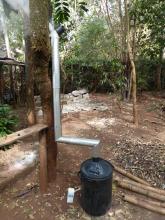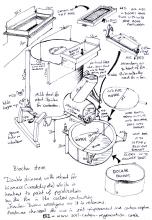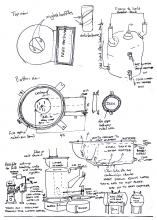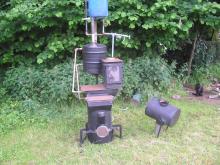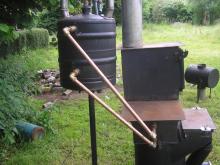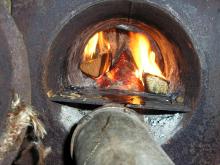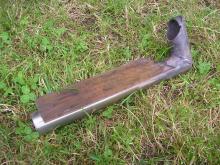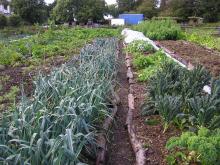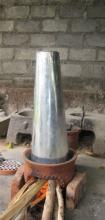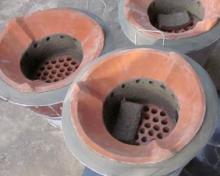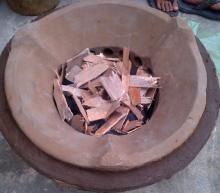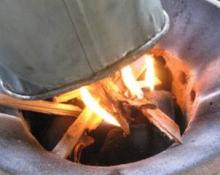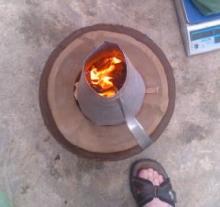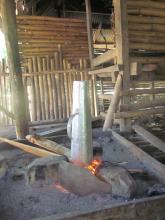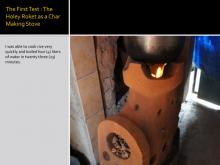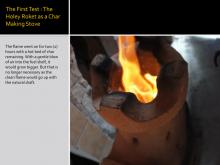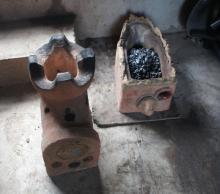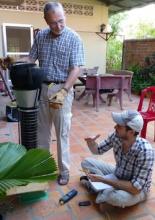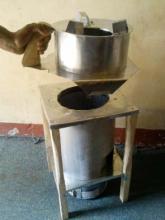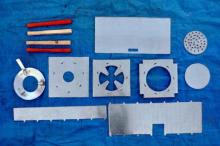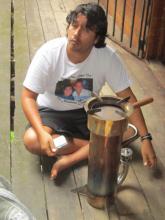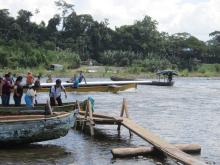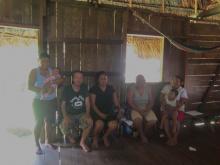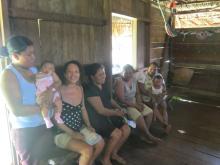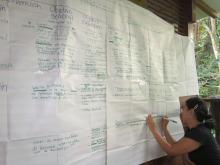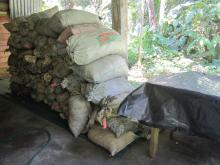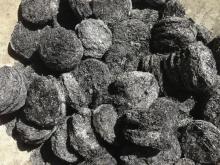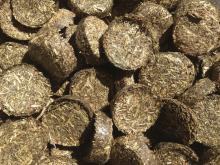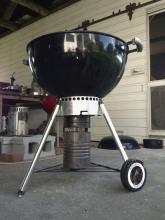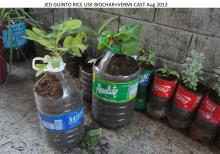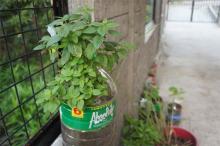We are trying to (a) reduce the amount of emmisisons from charcoal production and (b) Condense and recover as much of the smoke into a usable product for your home/farm. Wood tar - the following is an explanation from the good folks at Food and Agriculture Organization of the United Nations (FAO) about what is going on in this process.
"The non-water component consists of wood tars, both water soluble and insoluble, acetic acid, methanol, acetone and other complex chemicals in small amounts. If left to stand, the proligneous acid separates into two layers comprising the water insoluble tar and a watery layer containing the remaining chemicals. Recovery of the water insoluble tar, often called wood or Stockholm tar, is simple - it is merely decanted from the water phase. This wood tar has uses as a veterinary antiseptic, a preservative for wood, a caulking agent, and as a substitute for road tar" http://www.fao.org/docrep/x5328e/x5328e0d.htm
Our site is dedicated to helping people develop better stoves for cooking with biomass fuels in developing regions.
For additional detail and information, join the Cooking Stoves Mailing List, browse the archives, read about current projects and ask other cooking stove builders, designers, and organizations disseminating improved stoves around the world.

